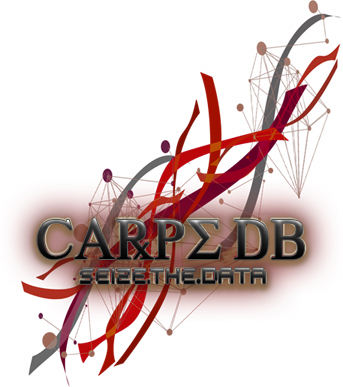
OBJECTIVES: SCN1A mutations were recently reported in several patients with severe myoclonic epilepsy in infancy (SMEI). The authors analyzed SCN1A mutations in 93 patients with SMEI and made genotype-phenotype correlation to clarify the role of this gene in the etiology of SMEI. METHODS: All patients fulfilled the criteria for SMEI. The authors analyzed all patients for SCN1A mutations using denaturing high performance liquid chromatography. If a patient's chromatogram was abnormal, the authors sequenced the gene in the patient and both parents. RESULTS: SCN1A mutations were identified in 33 patients (35%). Most mutations were de novo, but were inherited in three patients. Parents carrying the inherited mutations had either no symptoms or a milder form of epilepsy. A greater frequency of unilateral motor seizures was the only clinical difference between patients with SCN1A mutations and those without. Truncating mutations were more frequently associated with such seizures than were missense mutations. The percentage of cases with family history of epilepsy was significantly higher in patients with SCN1A mutations. CONCLUSIONS: Unilateral motor seizures may be a specific clinical characteristic of SMEI caused by SCN1A mutations. Ten percent of SCN1A mutations are inherited from an asymptomatic or mildly affected parent, suggesting that SMEI is genetically heterogeneous. The increased frequency of familial epilepsy indicates that other genetic factors may contribute to this disorder.
[Full Text] [Submit New Annotation]